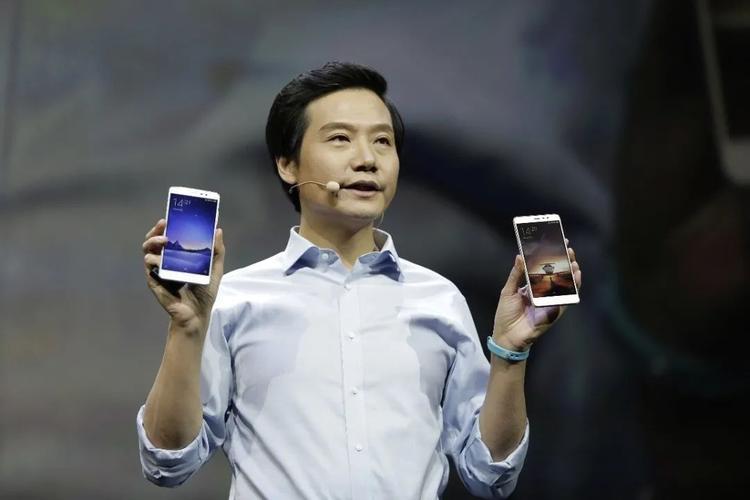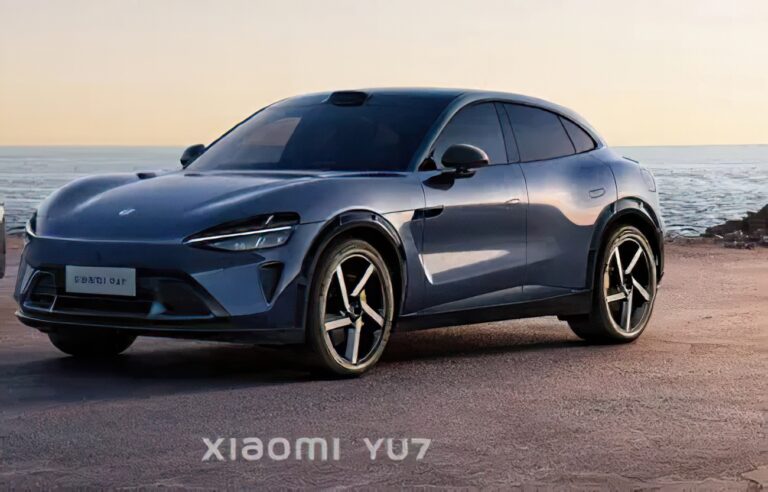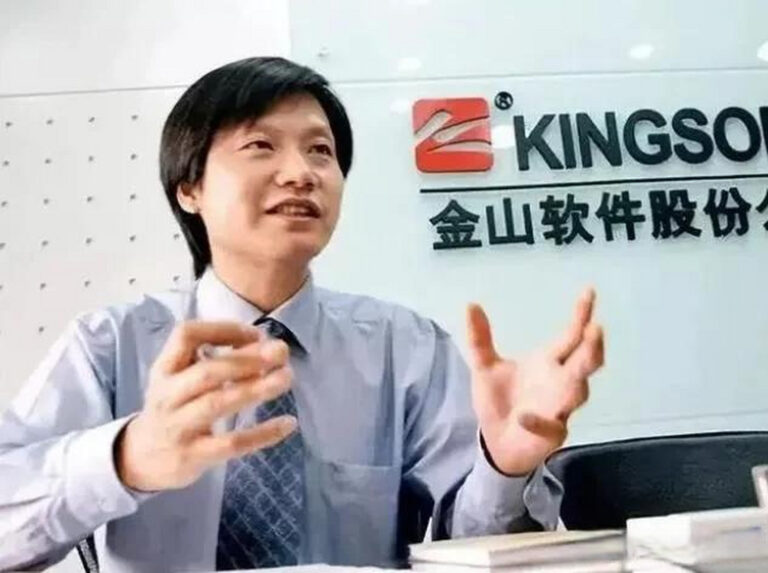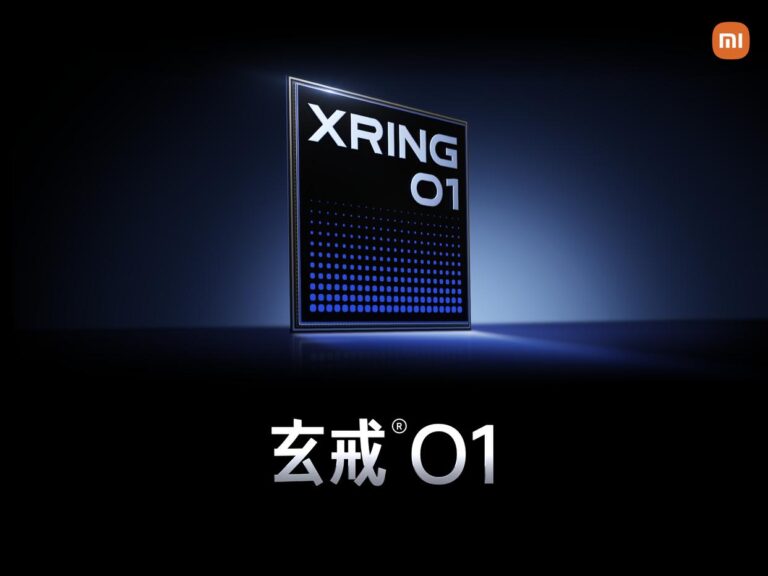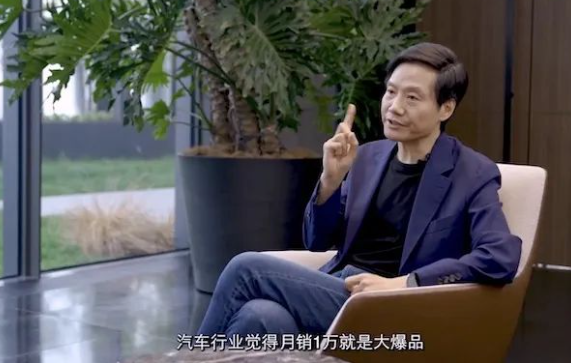Lei Jun Leads Xiaomi Smartphone Back to the Top
In the highly competitive smartphone industry, a decade is a significant period. Lei Jun, the visionary leader behind Xiaomi, has steered the company through a remarkable journey. In 2011, Xiaomi entered the market as a disruptor, revolutionizing the rules with its 1999 – yuan smartphone that offered unbeatable value for money. This move not only changed the game but also led Xiaomi to the top of the Chinese smartphone market for the first time in 2015.
Lei Jun weibo congratulates Xiaomi phone back to No. 1
Fast – forward to 2025, the smartphone industry has entered a phase of stagnant competition. However, Lei Jun led Xiaomi to stage a spectacular comeback. According to the latest data from Canalys, in the first quarter of 2025, the shipment volume of the Chinese smartphone market reached 70.9 million units, with a year – on – year growth of 5%. Amidst this, Xiaomi stood out, shipping 13.3 million units and claiming a 19% market share, reclaiming the domestic top – spot after a decade.
| Manufacturer | Q1 2025 Shipment Volume (in millions) | Q1 2025 Market Share | Q1 2024 Shipment Volume (in millions) | Q1 2024 Market Share | Year – on – Year Growth Rate |
| Xiaomi | 13.3 | 19% | 9.5 | 14% | 40% |
| Huawei | 13.0 | 18% | 11.7 | 17% | 12% |
| OPPO | 10.6 | 15% | 10.9 | 16% | – 3% |
| vivo | 10.4 | 15% | 10.3 | 15% | 2% |
| Apple | 9.2 | 13% | 10.0 | 15% | – 8% |
| Others | 14.4 | 20% | 15.4 | 23% | – 7% |
| Total | 70.9 | 100% | 67.7 | 100% | 5% |
Huawei closely trailed Xiaomi with 13 million units shipped and an 18% market share, indicating intense competition at the top. OPPO ranked third with 10.6 million units shipped and a 15% market share, followed by vivo with 10.4 million units and the same market share. Surprisingly, Apple experienced an 8% year – on – year decline in growth, dropping to fifth place with only 9.2 million units shipped, the only brand among the top five to show negative growth.
Xiaomi’s success can be attributed to its integrated approach of “product + channel + ecosystem.” By implementing a unified pricing strategy across online and offline channels and leveraging the national subsidy policy for purchasing mobile phones, Xiaomi reduced consumers’ decision – making costs. Moreover, its comprehensive product portfolio, spanning smartphones, wearable devices, smart home products, and even cars, created an ecosystem that encouraged “multi – scenario bundled consumption.” For example, when a customer buys a Xiaomi phone, they might also pick up a pair of Xiaomi headphones or a set of smart home appliances. This ecosystem synergy has been a key factor in increasing the average order value and user loyalty, setting Xiaomi apart from its competitors.

Xiaomi’s Global Standing
Beyond the domestic market, Xiaomi has also established a strong presence globally. In the same period, according to Canalys reports, Xiaomi ranked third in the global smartphone market with a 14% market share, firmly within the first – tier group, just behind Samsung (20%) and Apple (18%).
In March 2025, Xiaomi topped the new – phone activation list with 3.2437 million units activated, accounting for a 17.98% market share. Huawei followed closely, while Apple slipped to fifth place due to pricing missteps and a lack of innovation. This not only shows Xiaomi’s lead in shipments but also its growing dominance in user activation and market penetration, achieving a double – win in both quantity and quality.
Furthermore, Xiaomi’s high – end product line is gaining momentum. Although the specific sales volume of the Xiaomi 15 Ultra has not been officially released, according to Lu Weibing, its average – sales – period volume is twice that of the previous – generation 14 Ultra, indicating growing acceptance of Xiaomi in the high – end market. Meanwhile, the Redmi K80 series sold over 3.6 million units in 100 days, and the Turbo 4 Pro set a new record for the first – day sales of new phones across all price ranges in 2025, reaffirming Xiaomi’s dominance in the mid – range market with its unbeatable value – for – money proposition.
Lei Jun’s Roller – Coaster Journey
While Xiaomi was achieving these remarkable feats, Lei Jun had his fair share of challenges. A series of negative events related to Xiaomi’s SU7 car model, such as accidents and rumors, sent shockwaves through the market. The stock price plummeted by 5.59%, causing an 80 – billion – Hong – Kong – dollar shrinkage in market value. The impact of Trump’s tariff policies on the US stock market also spilled over to the Hong Kong stock market, pushing Xiaomi’s market capitalization below the trillion – Hong – Kong – dollar mark. Moreover, rumors about SU7 car insurance and an alleged apology letter from Lei Jun spread widely on the internet. To make matters worse, Dong Mingzhu, the head of Gree, publicly criticized Xiaomi, saying that “Xiaomi cars caught fire, while Gree’s electric vehicles have had no fire accidents in over a decade,” thrusting Lei Jun into the spotlight of public controversy.
During this difficult period, Lei Jun remained silent. He was likely cooperating with the police for investigations while focusing on Xiaomi’s production capacity expansion, believing that the best response was through product excellence. Amidst the lull in the storm, Xiaomi launched the Redmi Turbo 4 Pro.
Priced from 1999 yuan, the Redmi Turbo 4 Pro is a “quasi – flagship” device that offers incredible value. It features the globally – first – released Snapdragon 8S Gen4 processor, with a benchmark score exceeding 2.4 million, approaching the performance of high – end flagships. The 7550mAh large – capacity battery provides exceptional battery life compared to competitors in the same price range. Additionally, it comes with a metal frame and a glass back, and even supports triple – level waterproofing (IP66/68/69), making it a paragon of “more features at the same price.” Lei Jun, who had been silent on social media, personally promoted the Redmi Turbo 4 Pro, posting five Weibo messages in three days. The success of the Redmi Turbo 4 Pro not only demonstrated Xiaomi’s competitiveness but also proved the adage that “Lei Jun’s Weibo activity is proportional to Xiaomi’s sales.”
Lei Jun and Xiaomi’s Growing Influence
Today, Xiaomi’s rise has made it impossible for Lei Jun to remain low – key. In the air – conditioner industry, Dong Mingzhu, Lei Jun’s long – time rival, has engaged in intense competition. This time, her remarks about car fires not only made it to the top of the (a popular Chinese social media trending list) but also brought the business rivalry back to the context of their famous “1 – billion – yuan bet.” Although Lei Jun did not respond directly, Xiaomi’s outstanding financial report spoke volumes. In 2024, Xiaomi’s air – conditioner shipments reached 6.8 million units, with a year – on – year growth of over 50%. In the first quarter of 2025, Xiaomi’s online market share in the air – conditioner segment was 11.6%, ranking third, second only to Gree and Midea, and showing a remarkable 68.83% growth compared to the same period last year.
Xiaomi has a comprehensive air – conditioner product line, covering both household and central air – conditioners. Its high – end product, the Mijia Central Air – Conditioner Pro, is priced at one – third of similar products from competitors like Daikin and achieved one – third of its annual sales target just 13 days after its launch. Xiaomi’s Wuhan intelligent factory is expected to start production by the end of 2025, with a potential annual production capacity of over 10 million units next year. This will directly challenge Gree’s market dominance, indicating Xiaomi’s transformation from a “challenger” to a “threat” in the white – goods industry.
At the 2025 Shanghai Auto Show, although Lei Jun was not physically present, Xiaomi made a big splash. Without new car launches, Xiaomi offered freebies – 5000 baseball caps worth 129 yuan each were given away daily. The long queues in front of Xiaomi’s booth demonstrated the effectiveness of this marketing strategy, allowing Xiaomi to gain significant attention without a new vehicle debut.
In the automotive sector, as of March 2025, Xiaomi’s cumulative vehicle deliveries exceeded 200,000 units. The second 100,000 units were delivered in 119 days, nearly half the time it took for the first 100,000 units. The high – performance version of the SU7 Ultra, priced at 814,900 yuan, sold 3099 units in its first month, becoming a phenomenon in the over – 500,000 – yuan pure – electric sedan segment.
Financially, in 2024, Xiaomi’s revenue reached 365.9 billion yuan, with a 35% year – on – year increase, and its adjusted net profit was 27.2 billion yuan. The automotive business contributed 32.8 billion yuan to the revenue, with 136,800 new cars delivered in 2024. In 2025, Xiaomi aims to deliver 350,000 vehicles. These impressive figures are a testament to the synergistic effect of Xiaomi’s “smartphone + car + AIoT” ecosystem, which is creating a strong brand moat through cross – category user migration.
Lei Jun’s Ambitious Vision
Xiaomi’s return to the top in China after a decade is not just a milestone but also the starting point of a new journey. Lei Jun’s ambition extends far beyond individual product categories. He aims to build an intelligent ecosystem empire that integrates cars, homes, and mobile devices. As an entrepreneur, Lei Jun shoulders the expectations of Xiaomi fans, the trust of investors, and the scrutiny of the industry. Every step he takes is carefully calculated. His words, “I feel deeply emotional and still need to keep working hard,” reflect his sense of responsibility and determination.
As the wheels of time keep turning, the story of Lei Jun and Xiaomi continues to unfold. The business world eagerly anticipates what the next decade will bring for this dynamic entrepreneur and his innovative company.
